Microsoft's Chris Pratley, Mike Tholfsen and Chris Yu dish on Redmond's culture shift
Many factors contribute to a company's success. Some of those factors can be measured and quantified. Others, however, are intangible yet permeate an organization to its very core.
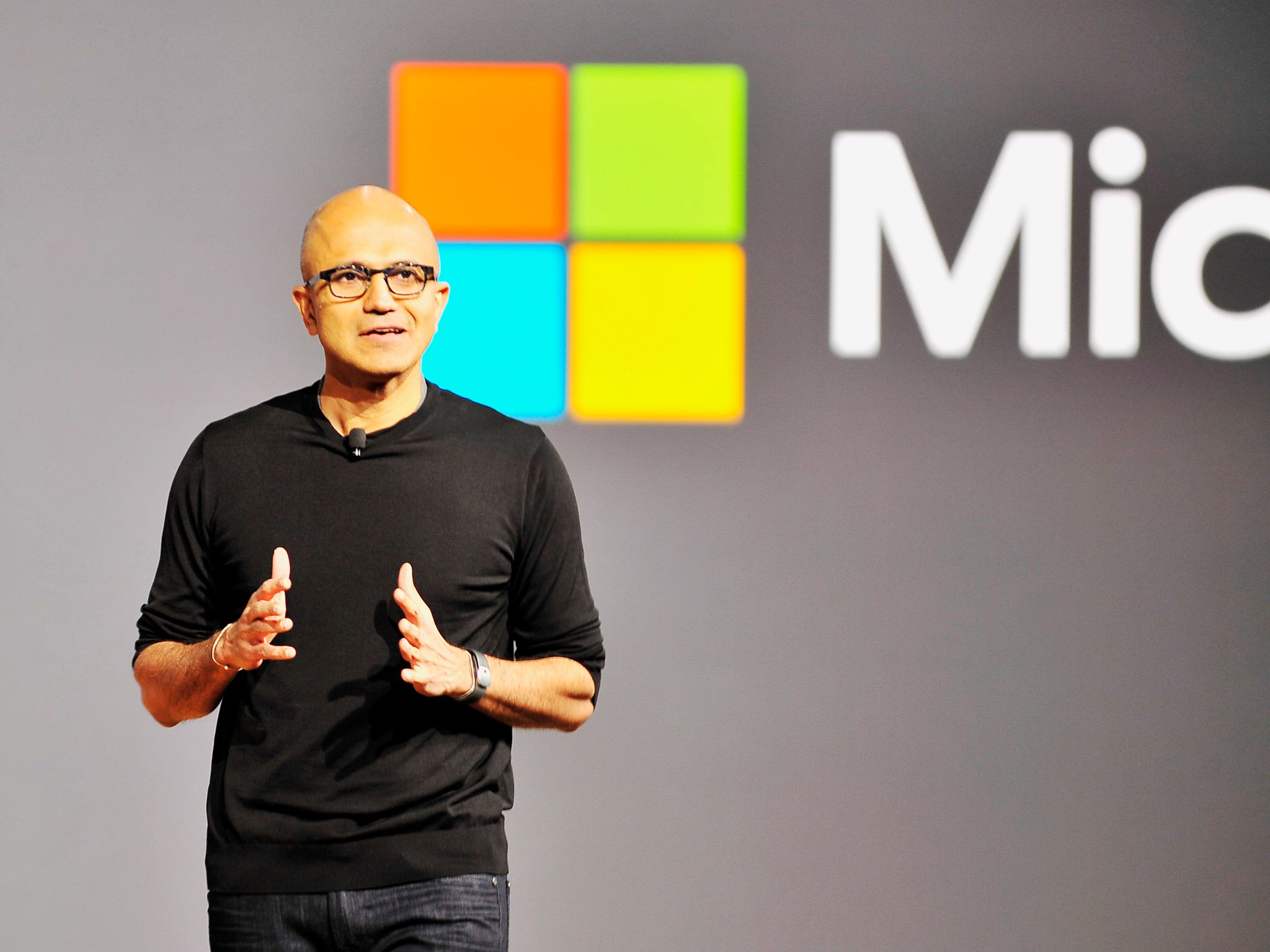
A company's culture is arguably the most significant quality that a firm possesses.
Culture is pervasive. It affects how employees and divisions interact with each other, how a company serves its customers and how a firm perceives itself in relation to competitors. Culture can make or break a company.
From the outside looking in
In recent years we've been positioned on the outside, looking in, as Microsoft underwent cultural shifts.
In 2013, we saw Ballmer initiate "One Microsoft." This initiative was both a reorganization of the company's personnel and divisions as well as a phrase intended to convey an ideological shift of the firm toward a more collaborative model.
In July 2014, five months after Satya Nadella became CEO of Microsoft, he addressed all employees via a memo titled Bold Ambition & Our Core{.nofollow}. This memo was expansive and outlined Nadella's long-term vision and short-term goals.
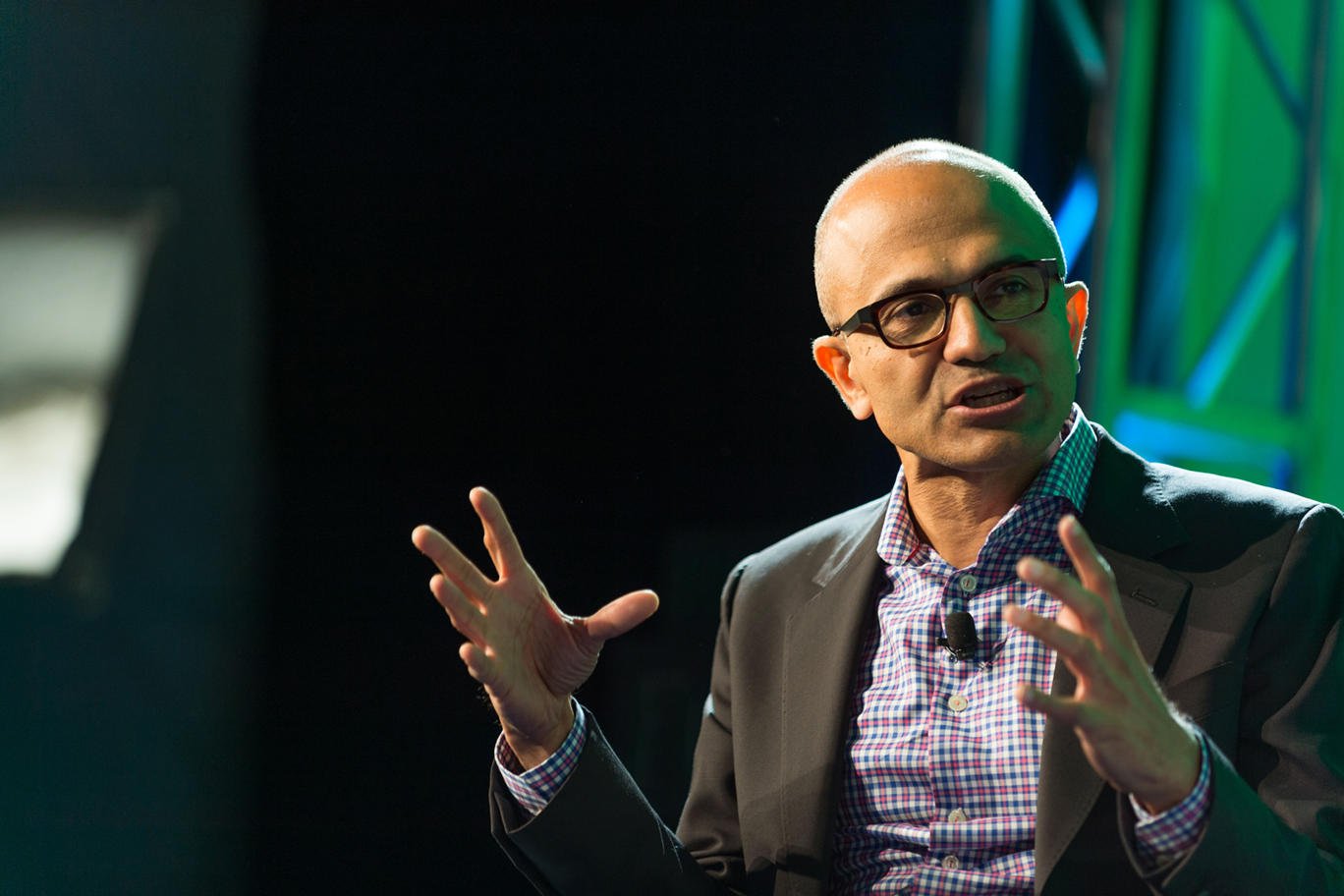
He also made bold statements about his vision of the company's culture:
Tired traditions will be questioned. Our priorities will be adjusted. New skills will be built. New ideas will be heard. New hires will be made. Processes will be simplified. And if you want to thrive at Microsoft and make a world impact, you and your team must add numerous more changes to this list that you will be enthusiastic about driving.
Throughout late 2014 and 2015 we saw these words put into action as massive layoffs ensued, divisions were reorganized and innovative category-creating products were introduced.
All the latest news, reviews, and guides for Windows and Xbox diehards.
Microsoft has gone from a company that walked on eggshells following an antitrust lawsuit in the late 90's to a company that boldly introduces ground-breaking innovation such as HoloLens, the Surface and Surface Book and the precedent-setting form-agnostic OS, Windows 10.
Ballmer's tenure gave us a shift toward a more collaborative Microsoft. While Nadella's leadership brings a cultural move toward a "do more" company, customer obsession, training, learning and experimentation and more efficient teams.
But how do employees within Microsoft perceive the cultural shifts of the last two years?
This, at least, is the change we see from the outside looking in as we grab soundbites and quotes and analyze business strategies. But how do employees within Microsoft perceive the cultural shifts of the last two years that have transformed the company?
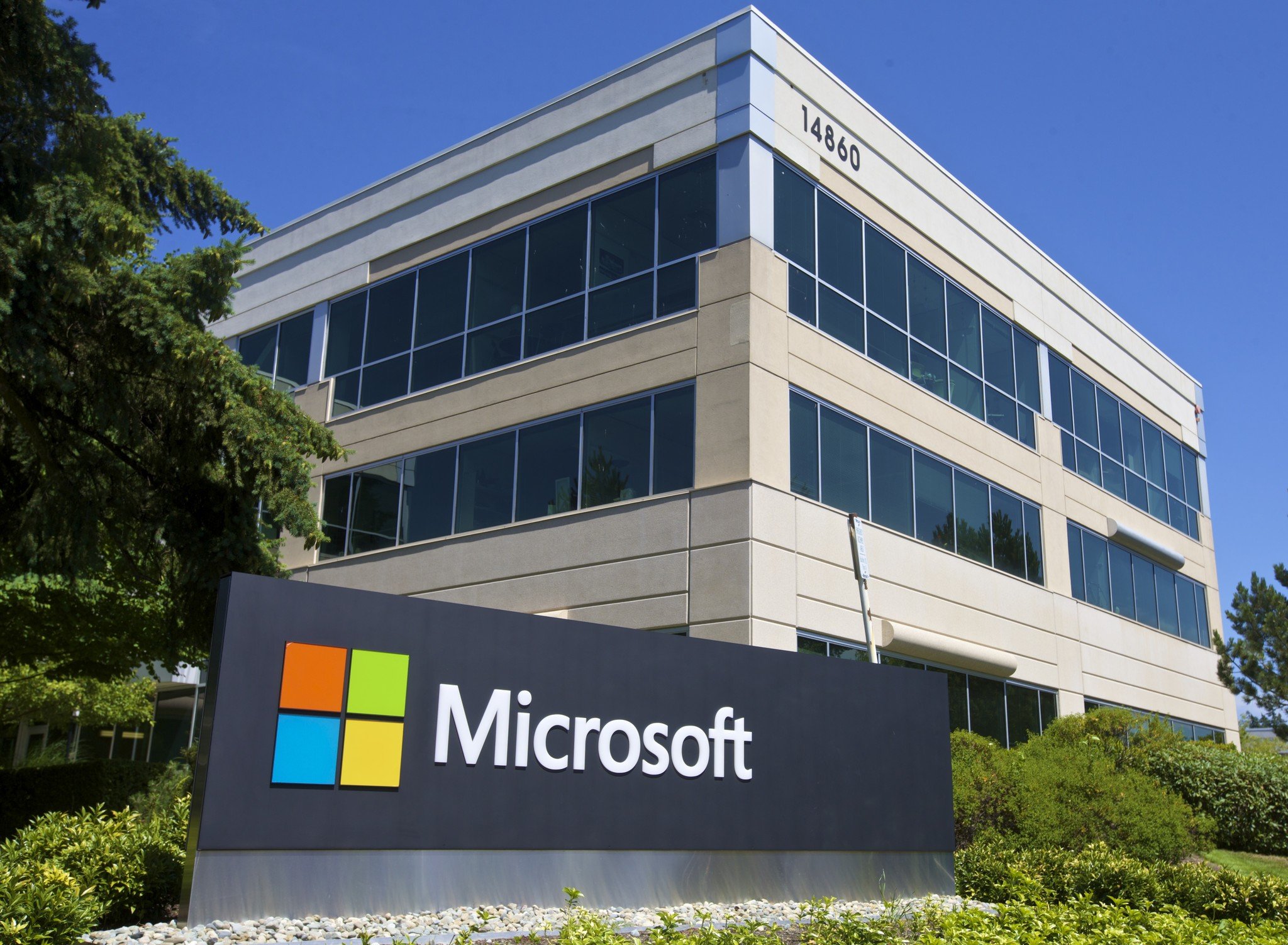
To answer this question, I caught up with three Microsoft employees who were kind enough to answer a few questions. I introduce to you:
- Chris Pratley is the General Manager of Sway and Docs.com. Chris has worked for Microsoft for over 21 years and is responsible for the team that designs and builds Office Sway. He supervises 120 people, some of whom work on Docs.com and Office Lens. Here's a fun fact, he also invented OneNote.
- Mike Tholfsen is a OneNote and Education Product Manager. Mike works on a variety of projects including the OneNote Class/Staff notebooks, OneNote Learning Tools, and a set of upcoming, unreleased education projects. A typical day for Mike includes communicating with customers, working on roadmap and strategy, working with the engineering team, helping remove any roadblocks to help ship products, brainstorming new ideas, features, and scenarios and talking to and meeting with education partners.
- Chris Yu is the Group Program Manager responsible for Docs.com and Office Lens. He owns his vision, product conception, and strategy behind the products. A typical day involves getting feedback on new product concepts with customers and partners, coordinating product development plans, and working with a customer-obsessed team of program managers, design professionals, and engineers inventing compelling solutions.
Fly on the wall
I posed the following six questions to these three gentlemen to get an inside view of Microsoft's culture. Here's what they had to say.
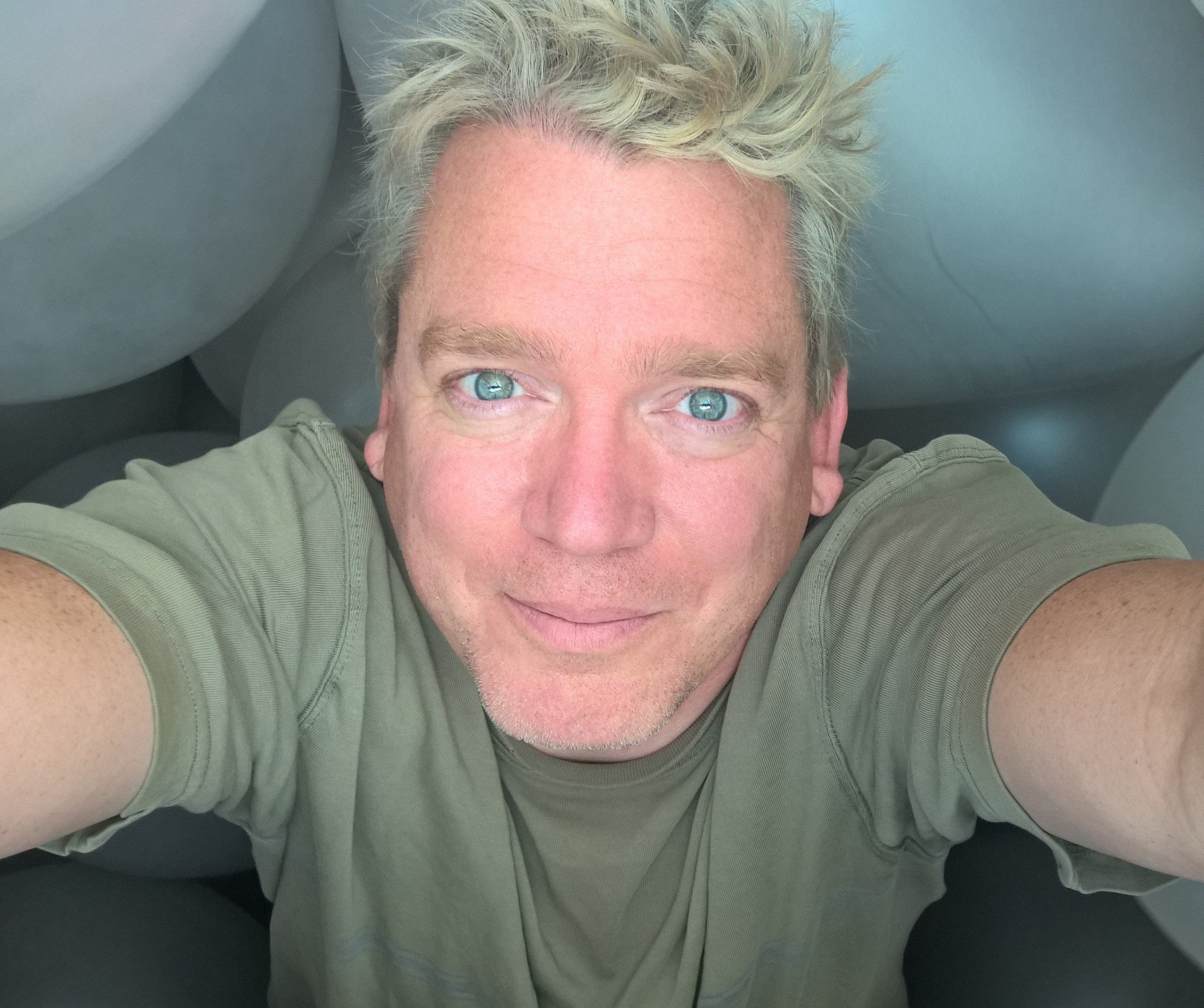
(Chris Pratley)
Jason L Ward, Windows Central: What is culturally different at Microsoft now than it was two years ago?
Chris Pratley: For me, there are three things:
- The willingness for teams across the company to work together is far greater. There is an assumption of shared purpose and trust that wasn't there before, and far less cynicism.
- The support at all levels for trying things that might not work is tremendous. Such a focus on quick experimentation vs. polishing a first iteration to 'perfection', favoring action vs discussion, willingness to seek data vs. opinion.
- The focus on customers and customer needs and delight over things such as dates or technical roadmaps is very refreshing.
Support at all levels for trying things that might not work is tremendous.
Mike Tholfsen: Three big areas of culture focus I have noticed are "Customer Obsession," "One Microsoft" and the "Growth Mindset."
Chris Yu: While teams have always known that working together effectively leads to the best result, I'd say that the different teams are more empathetic toward each other, and we realize that to deliver the best customer experiences it really takes having our people come together to solve problems.
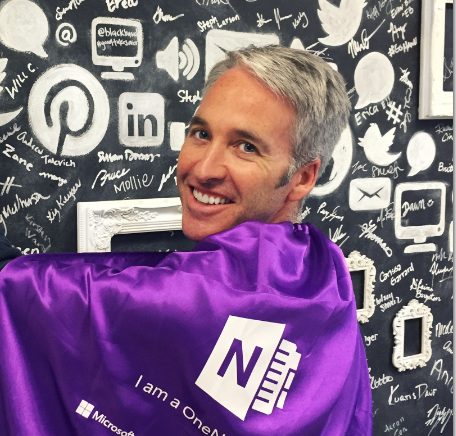
(Mike Tholfsen)
Jason: How does that change affect you in your position?
Chris Pratley: The changes concretely affect me as I am able to do things with other teams simply by asking them to work with us. Sounds simple, but it wasn't always. I also see greater enthusiasm and support for the new and untried, whereas in the past there was more a focus on the already successful.
I've been able to experiment and try new things regularly.
Mike Tholfsen: In my position, "Customer Obsession", "One Microsoft" and the "Growth Mindset" have all had impact. I work on the OneNote team in the education space. In the past 1.5 years, I've had the chance to work very closely with teachers, schools and students and develop new products and services to solve challenges in the education space. I've worked on very small teams and been given the ability to ship software very rapidly and iterate quickly based on customer feedback. I believe the customer focus has been a key aspect of the success we've been seeing with OneNote in the education space. In terms of growth mindset, I've been able to experiment and try new things regularly, and given the leeway and encouragement from management to always be learning and iterating.
Chris Yu: It's really wonderful as it helps new products like Office Lens and Docs.com get support from around the company.
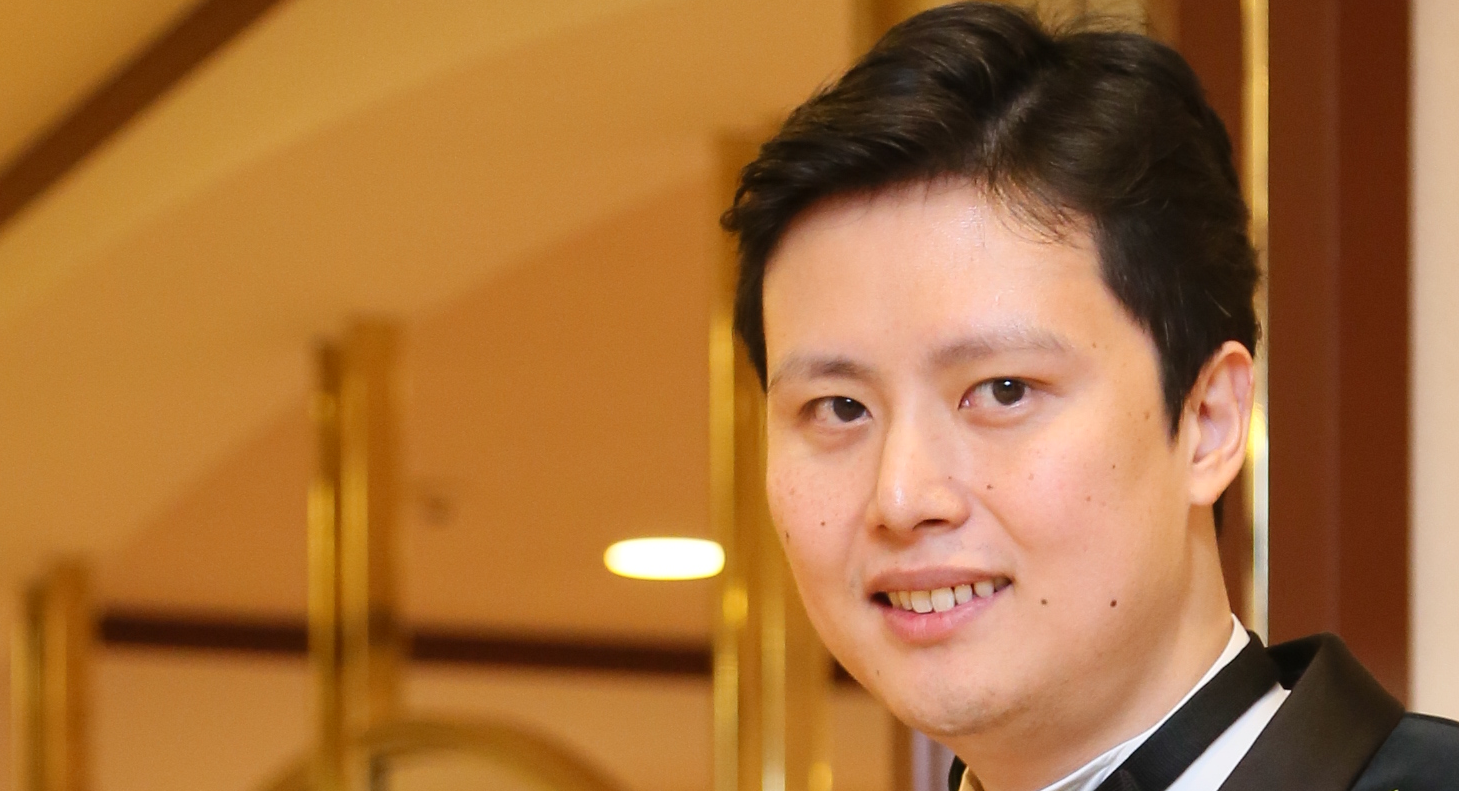
(Chris Yu)
Jason: How does that change affect how you interact with other employees and teams?
Chris Pratley: Beyond partnering, relationships now start with trust vs. suspicion, and lots of discussions end (quickly, healthily) with "let's try it" rather than an endless discussion over who is predicting correctly.
Relationships now start with trust vs suspicion.
Mike Tholfsen: The cultural changes have had a very positive impact with employees and teams. Teams are encouraged to try new things, gather feedback quickly, work with customers, and not being afraid of failing. The emphasis is shifting from "knowing" to "learning" – and one way we learn is through trying new things…even if we fail in the attempt, we learn from it.
Chris Yu: It doesn't really change the approach I take. In any quickly moving organization, it's important to be incredibly respectful of other's time and goals. It just means that good outcomes happen more often.
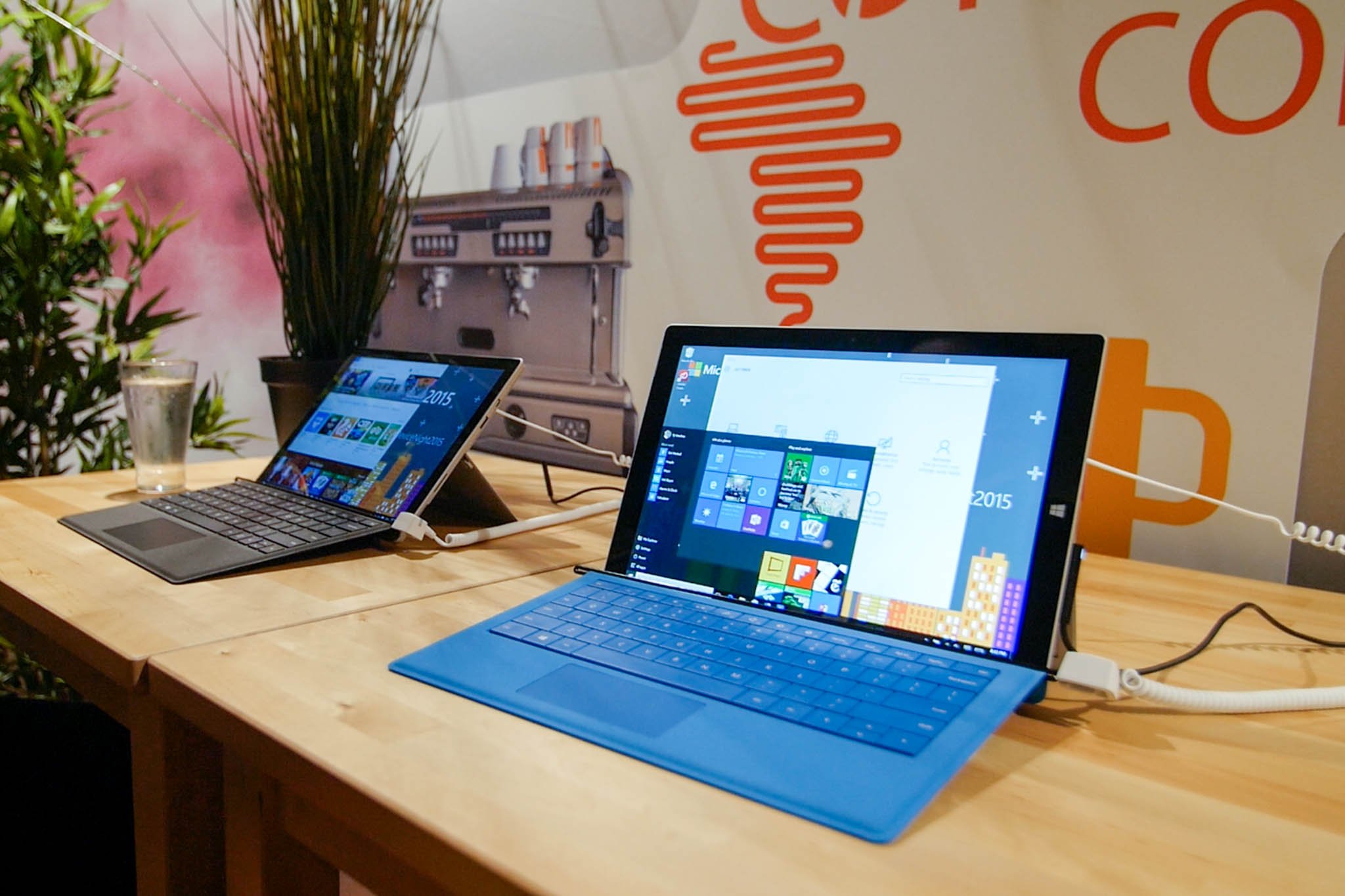
Jason: How does that change affect how you view and appeal to consumers?
Chris Pratley: My teams are fully dedicated to improving depth of usage (engagement), returning user rates, and total active users. This means we are de facto highly attuned to what customers' value (in particular, the actual users of the products), and we are incented to engage deeply with them to understand why they don't come back, or what would make them, even more, enthusiastic. In the past, the emphasis was more on hitting dates with quality, which is execution excellence. Worthy, but not as good as focusing on customers.
Mike Tholfsen: In the case of OneNote in the education space, I believe our customers have noticed the close customer connection our team has had, as well as the rapid release of new capabilities aimed at teachers and schools, often based on direct customer feedback and interactions we've had. A great example is this tweet that a teacher put out:
Laura Stanner @stannerl Thank you, @OneNoteEDU @Microsoft_EDU friends for the @Skype visit! Always a joy! @KeystoneAEA @mtholfsen #dbqtc
One of our engineers had reached out directly to this customer to help solve an issue she was seeing. The teacher was quite happy with the interaction and tweeted out the screenshot of their Skype call and her thanks.
Microsoft would be nothing without its customers and partners.
Chris Yu: Again, I don't think it's changed how I work with customers. Microsoft would be nothing without its customers and partners and at the end of the day, it's about whether we're giving them more value than they're giving us.

Jason: How does that change affect how you see rivals?
Chris Pratley: While it is good to be aware of what competitors are doing, focusing on competitors is largely a distraction, and if you don't keep customers at the front it is easy to get caught up in following your competition which is a losing strategy. Speaking for myself I have always been more focused on customers than competition, but I think these changes make it much easier for everyone to do that because superiors are asking about customers and not competition as much. It also frees us to do more true innovation, which comes from deep customer empathy and technical acumen, not from keeping up with the other guys.
If we build the best products that solve the customer's problems we'll be fine.
Mike Tholfsen: The focus is more on the customers and solving the customer's problems and less about what the competition is doing. There is also a sense that Microsoft doesn't have to be focusing on everything all the time. We have a set of key strategies that are part of our vision, and there are areas where it's OK the competition is focusing on something, and we're not.
Chris Yu: I spend most of my time focused on my customers and team. If we build the best products that solve the customer's problems, we'll be fine. And in such a tightly connected industry like ours, there's a lot of cross-pollination of talent, so the rivalries I'd say are more for our collective entertainment than anything else.
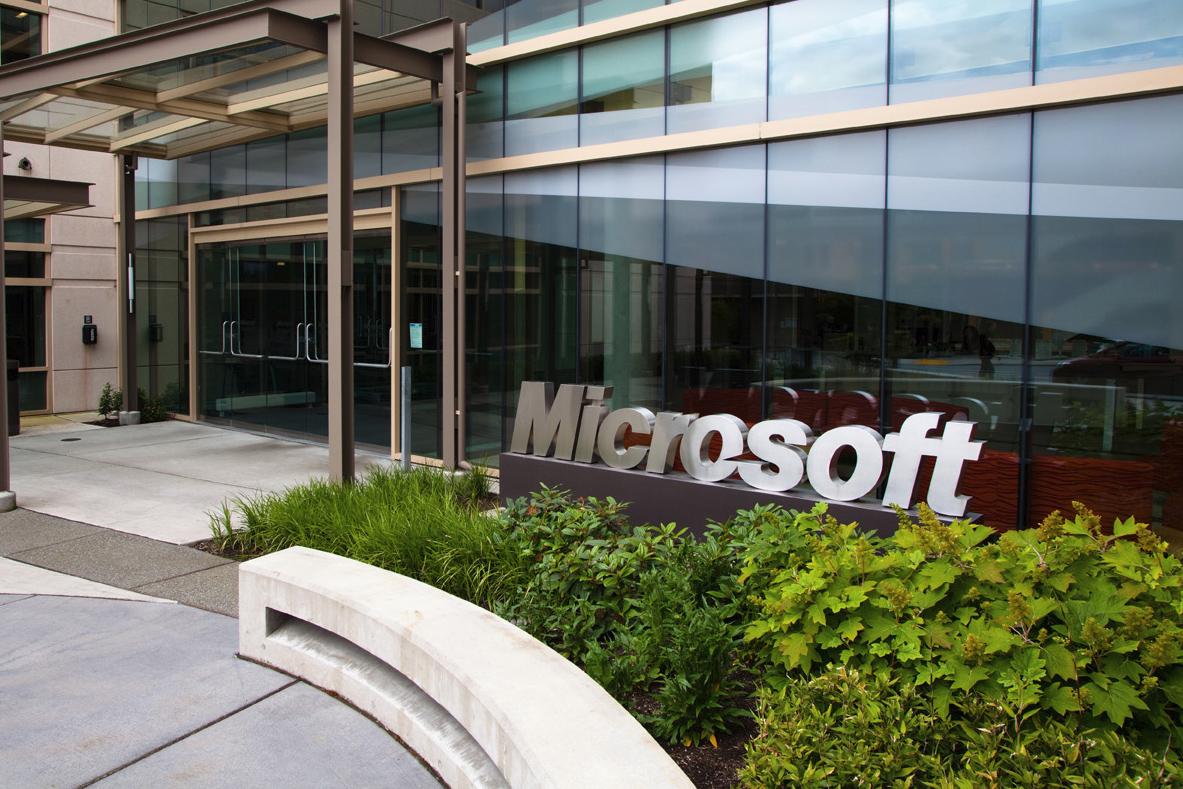
Jason: How does that change affect Microsoft's position in the industry?
Chris Pratley: I think you see it already – products that make a difference, that are exciting. Bold moves in pricing and distribution. Brand new groundbreaking things. We've always done good engineering, but if you do it for technology's sake, or business' sake, you are not doing it for customers' sake, and they can tell. There is a certain energy in products that really focus on customers. We had it when I started in the 90s – we were trying hard to establish ourselves as #1 in many categories by appealing to customers to outflank stronger entrenched competitors (Lotus, WordPerfect, IBM, etc.). It worked, but then our focus started to drift away from end users to business users, to IT, and (outside of places like XBOX) we started to build products for people who were buying for others, not using themselves, and looking to eke out a little more money here and there by optimizing for licensing or sales. Dates and roadmaps and technology and feature checklists and incremental revenue took over. Now we're back to catering to the actual people who use our stuff, the goal is "customer love" and it is quite refreshing.
We're back to catering to the actual people who use our stuff, the goal is "customer love" and it is quite refreshing.
Mike Tholfsen: I think our willingness to develop and encourage software on multiple platforms, as well as our increased commitment to open standards, has helped positively affect our position in the industry.
Chris Yu: I think it's for the best…collaborating and building great things together with other teams, partners, customers and others in the industry is reward in its own right and all the great companies in the industry recognize that.
Analysis
In Nadella's first interview after becoming CEO (see video above) he refers to Microsoft as a "do more" company and shares his love of learning. The insightful responses from our interviewees confirm our perception that the combined results of Ballmer's shift toward "One Microsoft" and Nadella's attributes toward learning, doing and trying new things have transformed Microsoft's culture.
Three themes emerged consistently throughout our dialogues: unity, customer obsession and an atmosphere that nurtures learning and trying new things are core to Microsoft's new culture.
Regarding unity, Chris Yu conveyed an indispensable link between collaboration and customer satisfaction. Chris Pratley addressed "customer obsession" by stressing Microsoft's return to making products directly for users with a focus on "customer love" of those products rather than "building products for people who were buying for others".
With Microsoft's Windows and Devices Group under Panos Panay's leadership, first-party hardware can now be designed from conception to production to work seamlessly with the software that powers it to deliver the best user experience. This long-term, Apple-esque, view of optimal software and hardware synergy is also reflected in the controversial direction of newer silicon chips requiring Windows 10 for optimal performance and continued support.
Finally, as an echo to Chris Capossela's statement, "the fear is gone", Mike Tholfsen stressed Microsoft's new culture which nurtures learning and fearlessly trying new things.
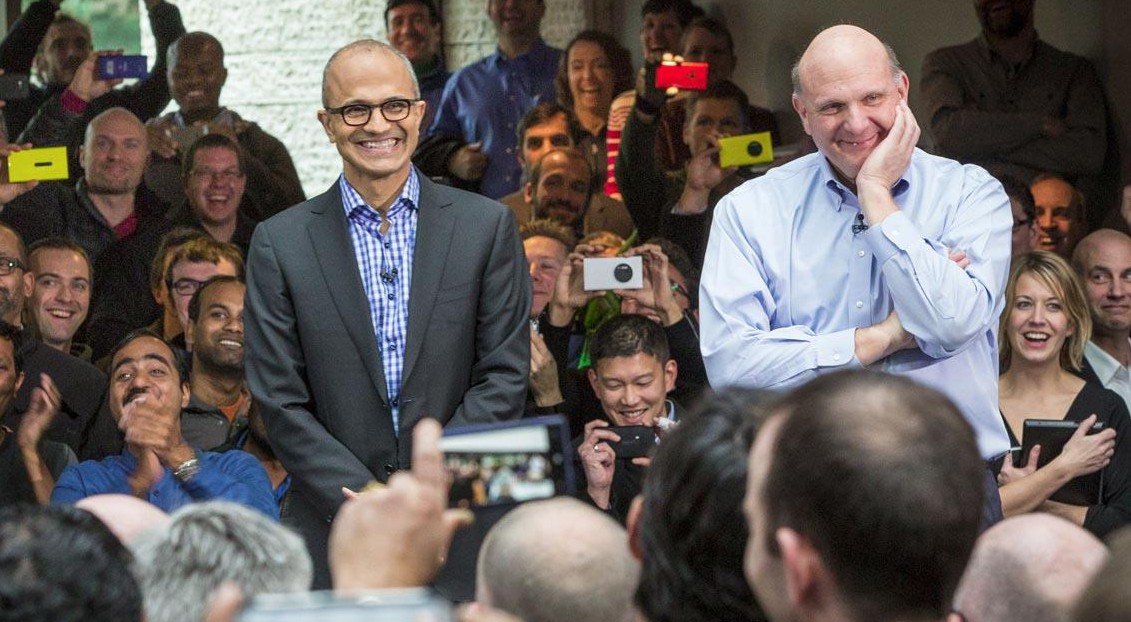
The new Microsoft is a company undergoing a metamorphosis. It's a firm just emerging from a chrysalis, wings expanding, broadcasting it's potential and intent to fly. Employees seem to be embracing their new reality. The industry seems excited about what they see emerging from Redmond. Bold innovation and a fearless push into new category's have not gone without their hiccups, but one thing is clear: Microsoft is not the company it was just a few years ago, consuming itself with internal division while allowing opportunities to be devoured by fear. The company has entered a new season where they're galvanizing employees, partners, and consumers with hopeful ambition. It seems that the sky's the limit.
Nadella expressed{.nofollow} the company's new position like this:
Culture change means we will do things differently. Often people think that means everyone other than them. In reality, it means all of us taking a new approach and working together to make Microsoft better....we must have courage in the face of opportunity.
Big thanks to Chris Pratley, Mike Tholfsen and Chris Yu for their valuable "inside Microsoft" perspectives!

Jason L Ward is a Former Columnist at Windows Central. He provided a unique big picture analysis of the complex world of Microsoft. Jason takes the small clues and gives you an insightful big picture perspective through storytelling that you won't find *anywhere* else. Seriously, this dude thinks outside the box. Follow him on Twitter at @JLTechWord. He's doing the "write" thing!

